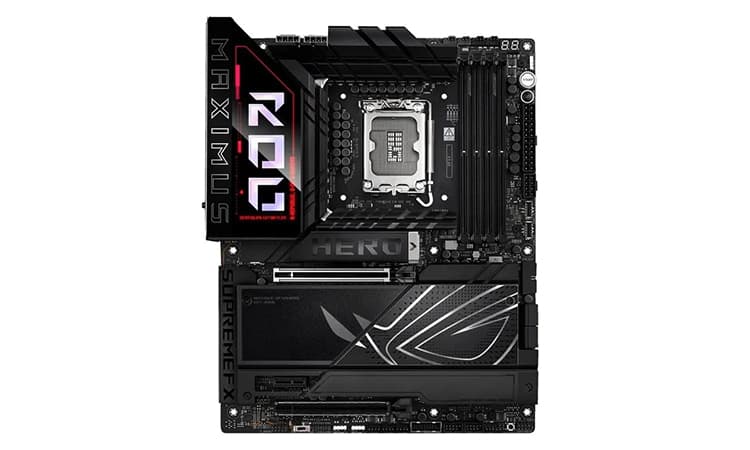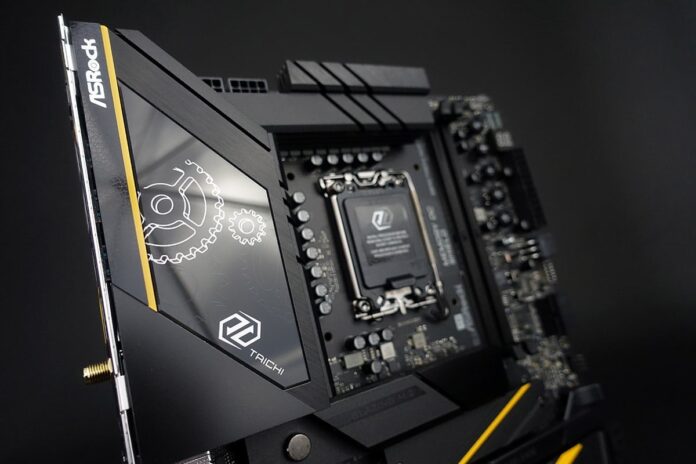Over the last few years, AMD has made a formidable comeback in the processor sector… Although there are a few bumps in the road. However, to go with a processor, you need a motherboard. The latest stats from MindFactory show a clear dominance of the Reds, while the most popular chipset remains the B650. Meanwhile, high-end motherboards tend not to sell… Not well, at least.
B650 dominates, high-end motherboards don’t sell!
When we think of top-of-the-range motherboards, we think of GodLike, Aorus Xtreme, Crosshair/Maximus Extreme, all dream boards. However, these very top-of-the-range models priced at over €1,000 represent a very small percentage of sales… Especially when you consider that models based on the X870/X670E chipset only account for 7.4% of the vendor’s market share. In contrast, more modest cards based on the B850 are more prevalent: 21% of sales, compared with a massive 64.2% for the B650!
This indicates that consumers, when assembling a machine, allocate a reasonable budget for their motherboard. They tend to opt for ‘functional’ boards rather than models packed with all kinds of features. In fact, MindFactory’s top-selling board is MSI’s B650 Tomahawk.
Socket sales: Intel in trouble?

Looking at the bigger picture, we can see that the Reds clearly dominate the Blues. Sales of AMD boards account for 87.36% of MindFactory ‘s share, compared with just 12.64% for Intel. What’s more, the average selling price for the Reds is around €174, compared with €155 for the Blues.
Naturally, with a higher average selling price, AMD accounts for a larger proportion of the shop’s turnover: 88.61% compared with 11.39%.
Finally, in detail, sales by socket in week 19 were as follows:
- AM5: 950 cards
- AM4: 260 cards
- LGA-1700: 150 cards
- LGA-1851: 25 cards
In short, despite the fact that the LGA-1851 is ‘new’ in October 2024, its sales are not taking off. Worse still, MindFactory is selling up to six times more LGA-1700 cards than LGA-1851.
Of course, these are just the stats from one European shop. It remains to be seen whether these figures are or will be corroborated by external studies.

